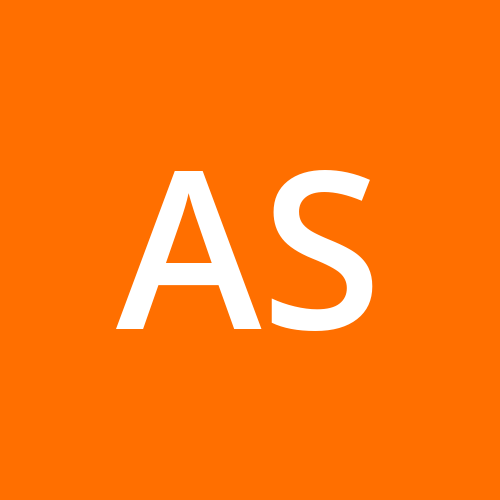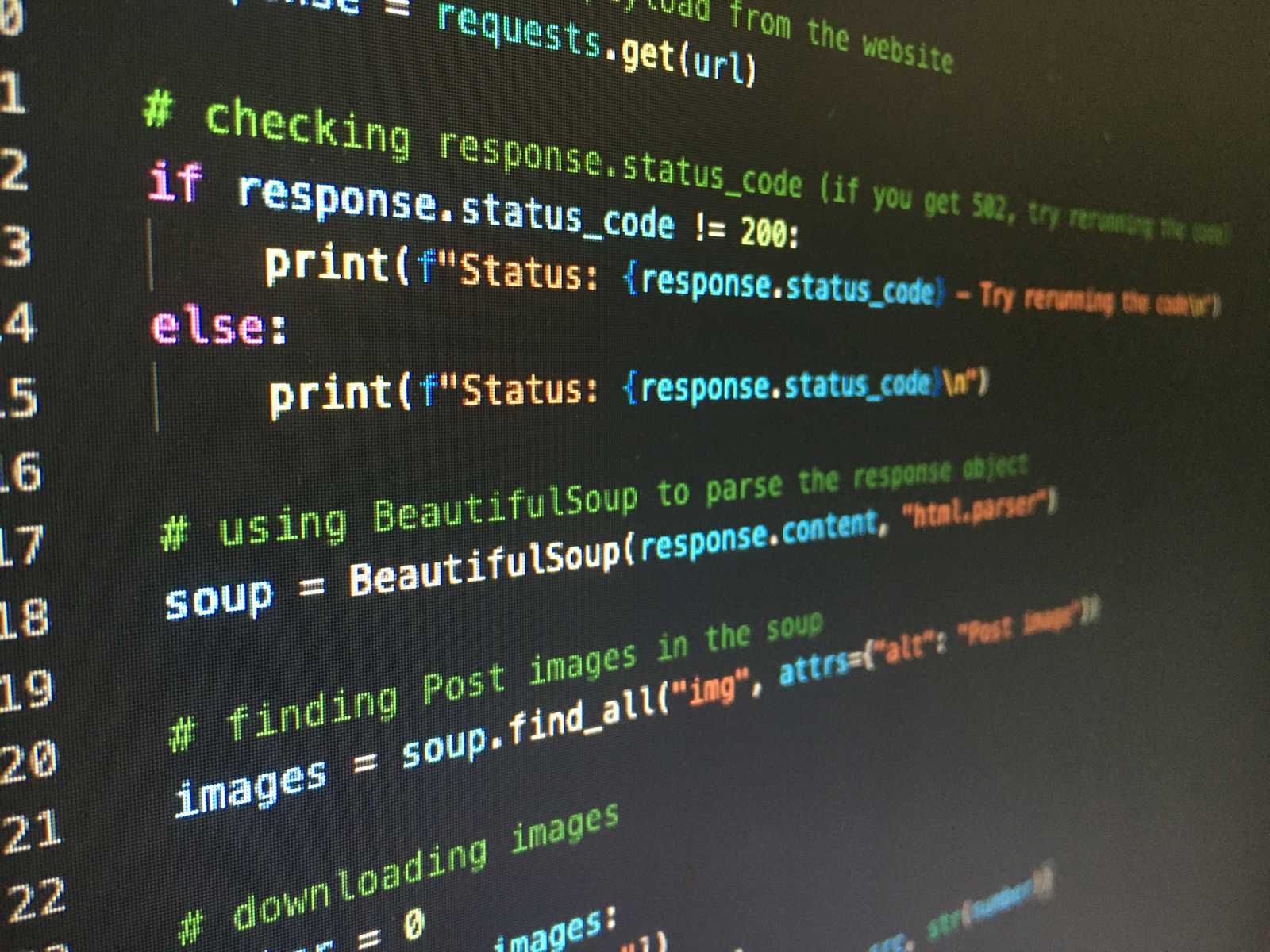Understanding Python: A Comprehensive Guide for First-Year College Students
 Aarsh Saxena
Aarsh Saxena
Introduction
Embarking on the journey of programming as a first-year college student, Python emerges as a versatile and powerful companion. This comprehensive guide aims to provide insights into Python's significance, its diverse applications, when it began, and how you can master it.
What is Python?
Python stands as a high-level, general-purpose programming language designed for readability and simplicity. Originating in 1990s, Guido van Rossum's creation emphasizes code clarity and user-friendliness, supporting various programming paradigms.
Why Python?
1. Versatility
- Python's adaptability spans multiple domains, including web development, data science, artificial intelligence, automation, and more.
2. Readability
- Clear syntax facilitates easy comprehension, a valuable asset for beginners navigating the programming landscape.
3. Community and Libraries
- A vibrant community offers support, and extensive libraries streamline complex tasks, allowing focus on problem-solving.
4. Career Opportunities
- Python proficiency opens doors to diverse career paths, making it a sought-after skill in the job market.
When did Python Start?
Python's inception in the late 1980s marked the beginning of a journey that evolved into a programming powerhouse. With the release of Python 1.0 in 1994, its growth and influence in the tech world have been profound.
How to Start Learning Python?
1. Set Clear Goals
- Define your learning objectives, whether it's web development, data analysis, machine learning, or another specialization.
2. Learn the Basics
- Grasp fundamental concepts like variables, data types, loops, and conditional statements using platforms like you tube.
3. Practice Regularly
- Hone your skills through coding challenges on platforms like Hacker Rank, reinforcing your understanding of Python.
4. Build Projects
- Apply your knowledge by working on small projects, cultivating problem-solving skills and practical experience.
5. Explore Specializations
- Delve into Python specializations such as web development (Django or Flask), data science (Pandas, NumPy), or machine learning (scikit-learn, TensorFlow).
6. Join the Python Community
- Connect with fellow learners and professionals, participate in forums, attend meetups, and collaborate on projects to enrich your learning experience.
Exploring Different Applications of Python
Python's prowess extends across diverse domains, each offering exciting opportunities for exploration:
1. Web Development with Django and Flask
- Utilize frameworks like Django and Flask for rapid development of secure and maintainable websites.
2. Data Science and Analysis with Pandas and NumPy
- Engage in data-driven decision-making by mastering libraries like Pandas and NumPy for data manipulation and analysis.
3. Machine Learning with scikit-learn and TensorFlow
- Venture into the realm of artificial intelligence using Python's machine learning libraries.
4. Automation and Scripting
- Harness Python's simplicity for automating tasks and creating efficient scripts for various purposes
5. Game Development with Pygame
- Explore the creative side of programming by developing 2D games with the Pygame library.
6. Cybersecurity with Python
- Contribute to digital security by utilizing Python for tasks like penetration testing and network scanning.
7. Internet of Things (IoT) Programming
- Extend your skills to embedded systems and IoT using Python, particularly with MicroPython for microcontrollers.
Conclusion
Mastering Python as a first-year college student opens a gateway to a world of possibilities. Its versatility, readability, and extensive community support make it an ideal choice for beginners. Whether you aspire to be a web developer, data scientist, machine learning engineer, or explore other domains like game development, automation, cybersecurity, or IoT programming, Python provides the foundation for a fulfilling programming journey. Embrace the challenges, enjoy the process, and let Python be your guide to a world of endless opportunities. Happy coding!
Subscribe to my newsletter
Read articles from Aarsh Saxena directly inside your inbox. Subscribe to the newsletter, and don't miss out.
Written by

Aarsh Saxena
Aarsh Saxena
I am developer from India with a interest in Machine Learning.